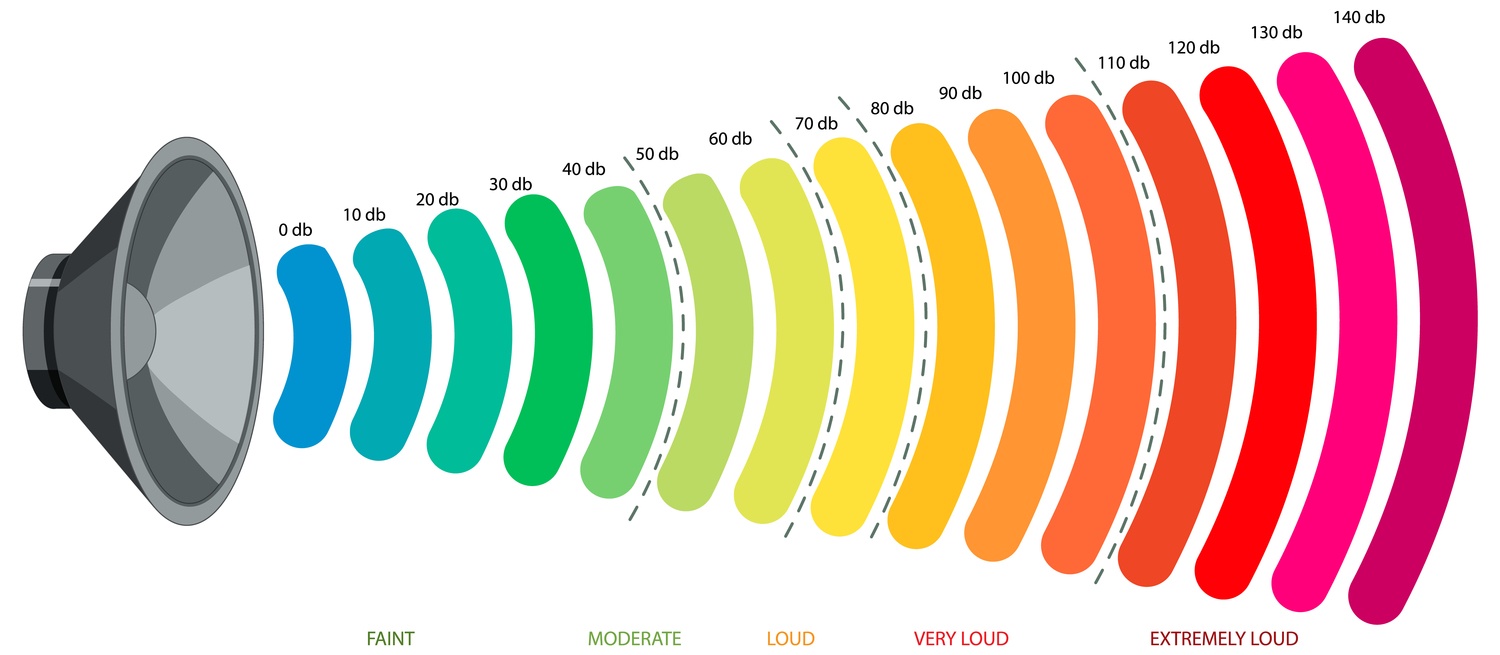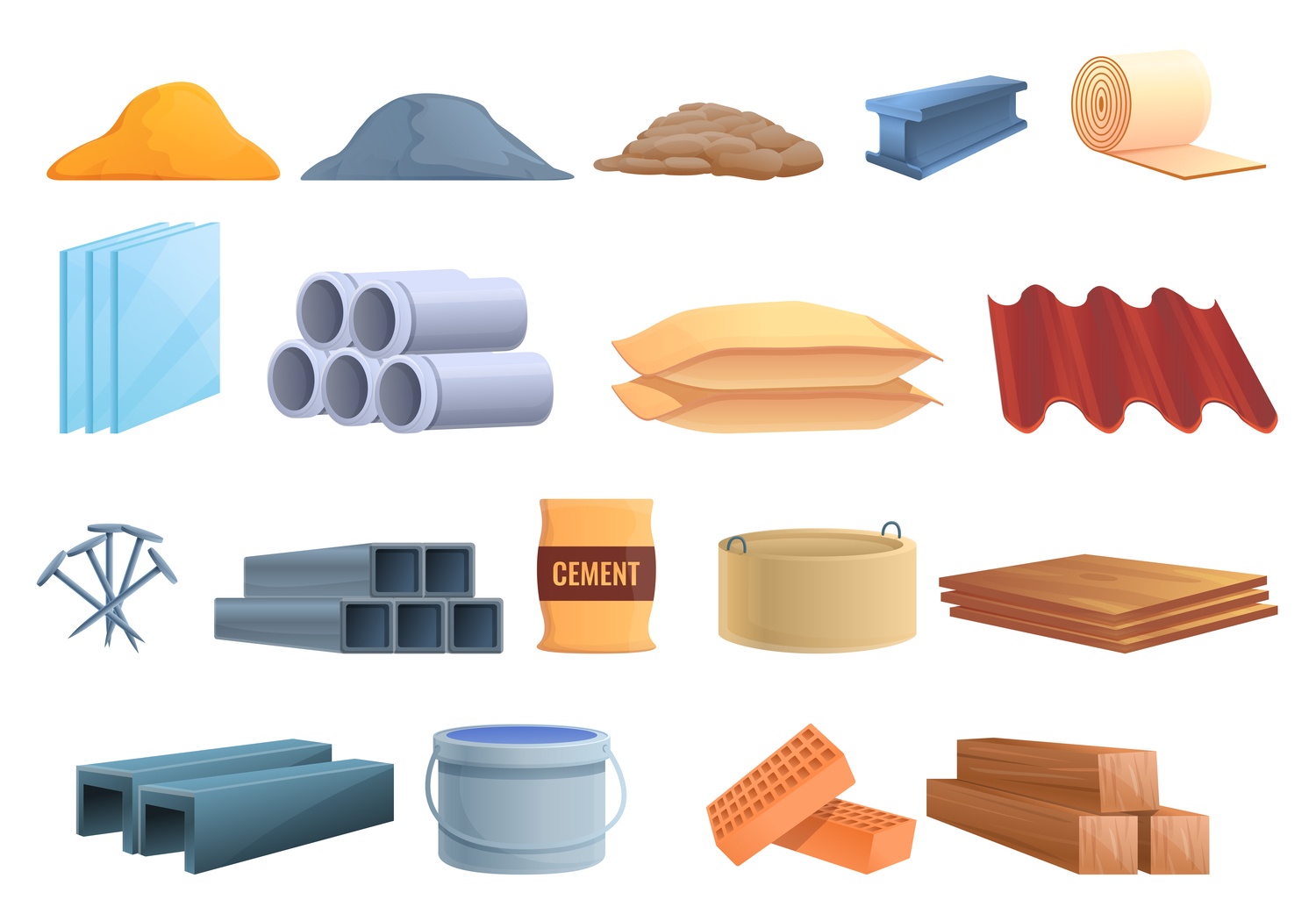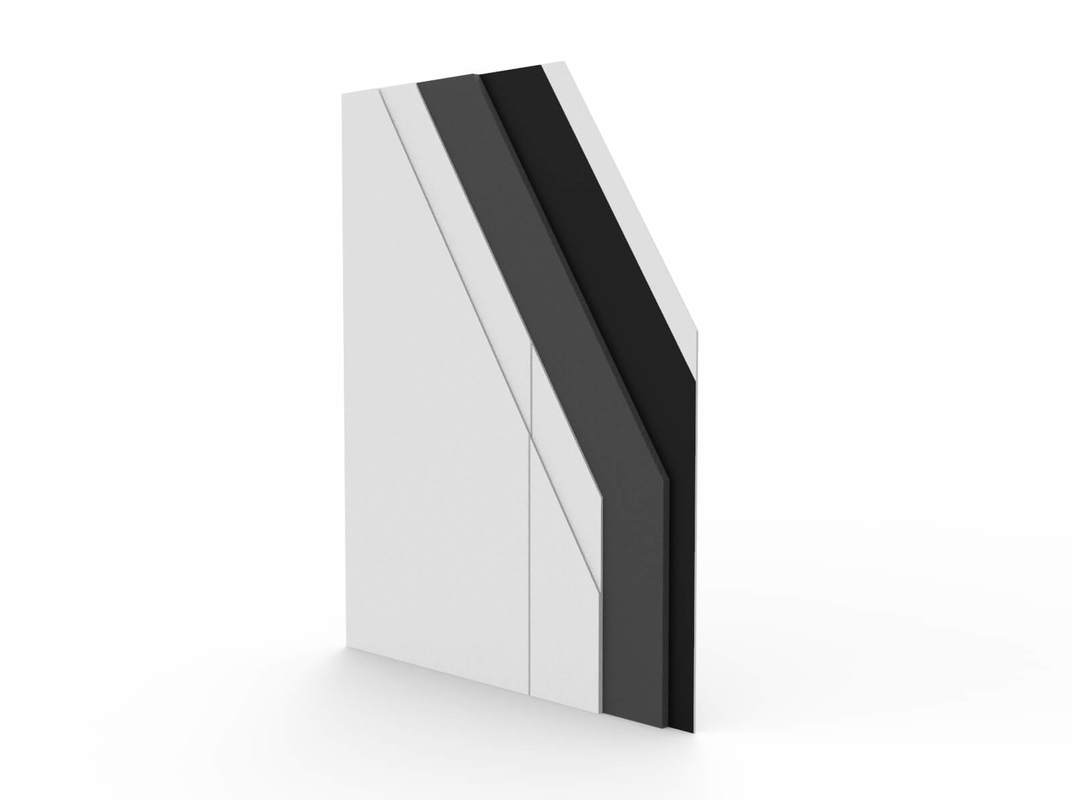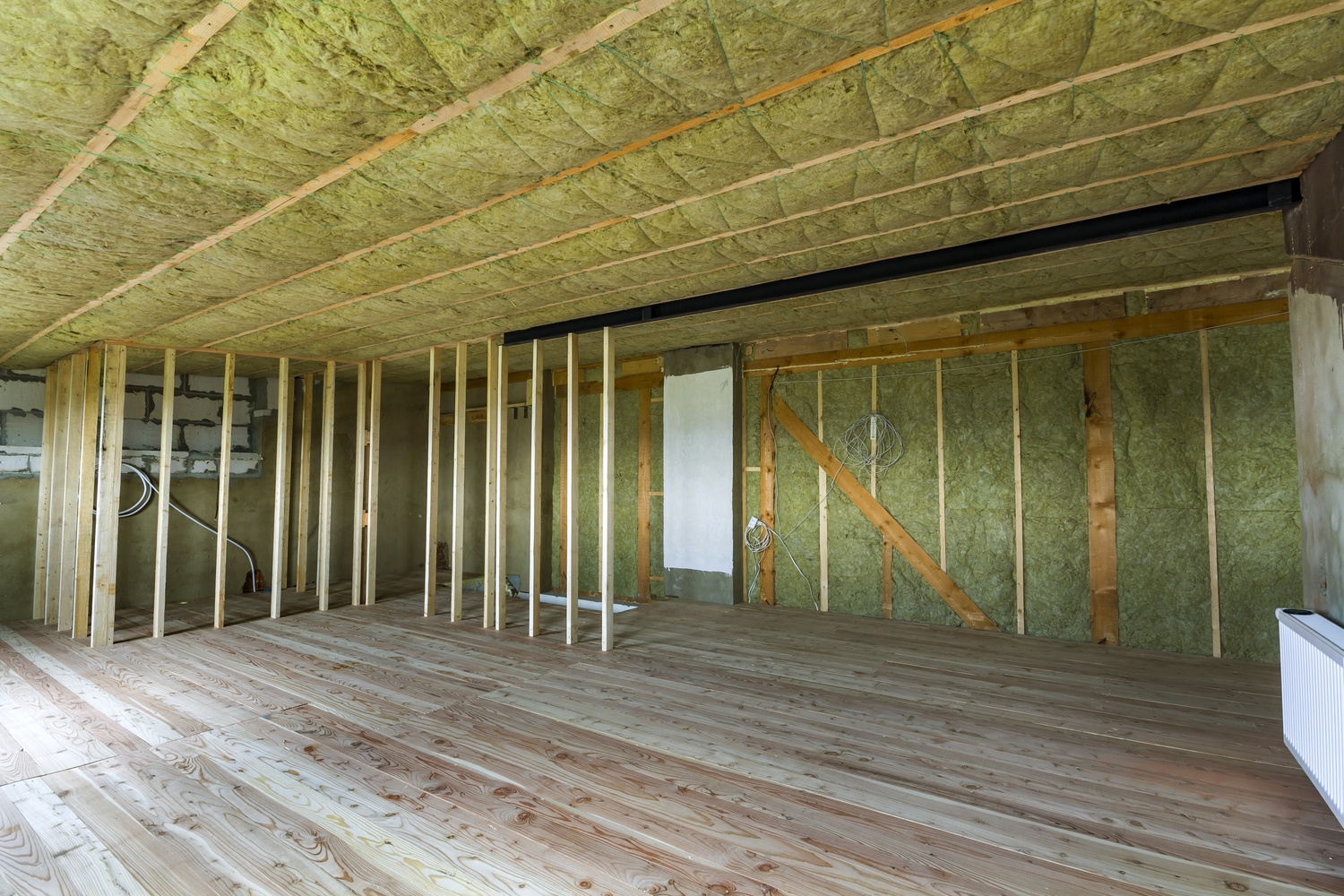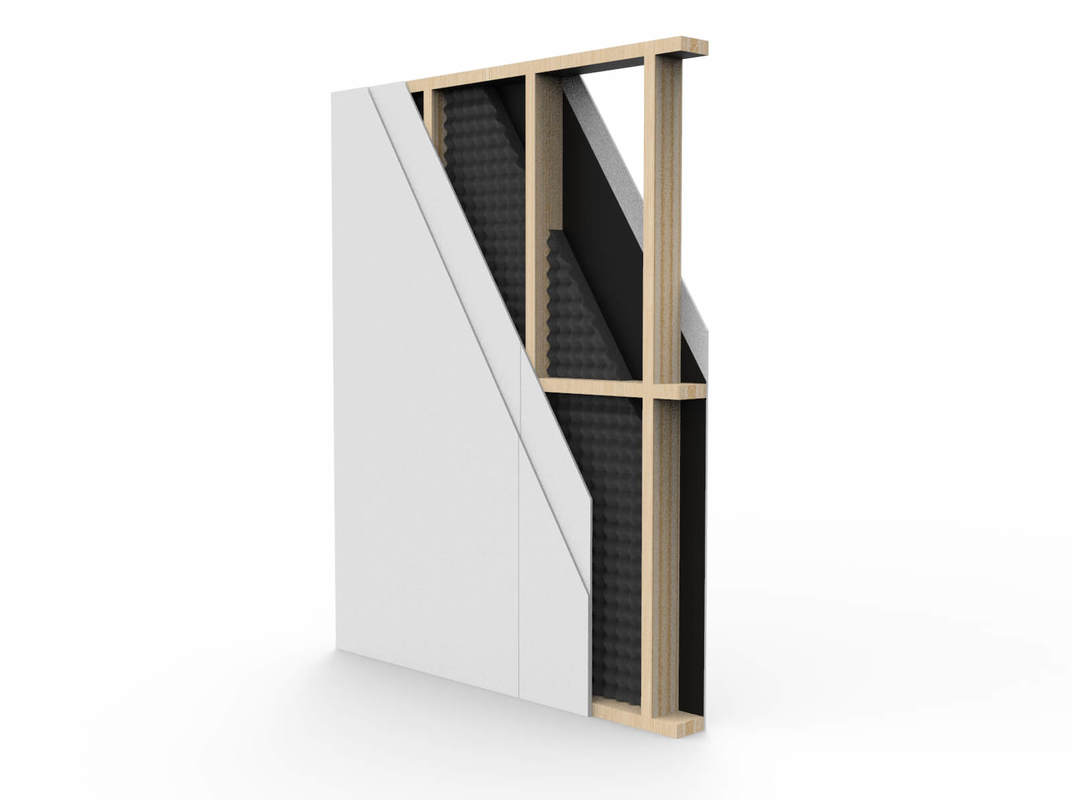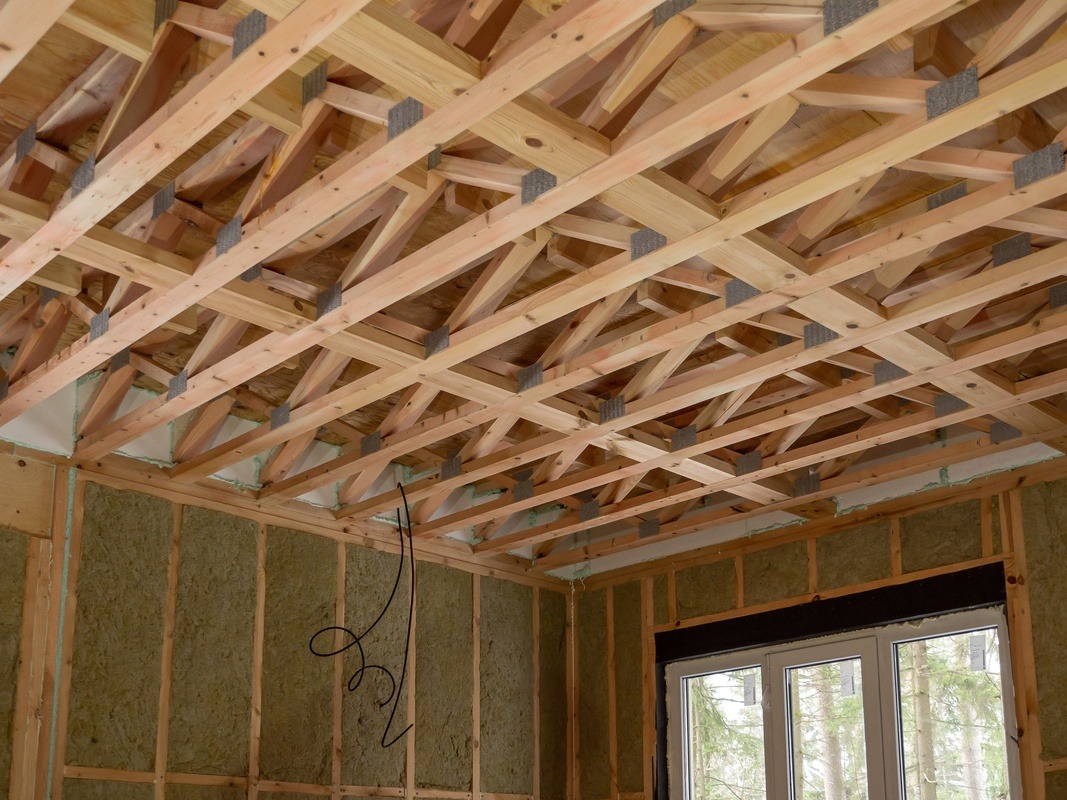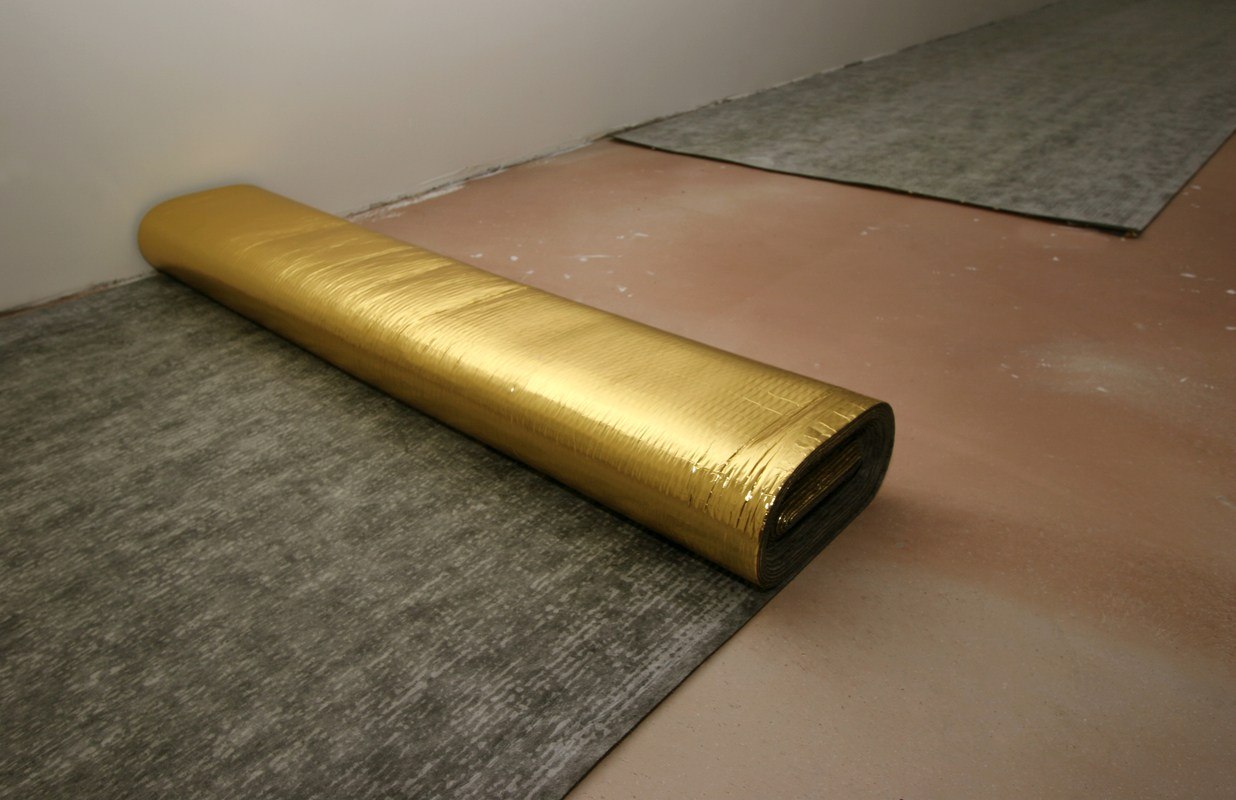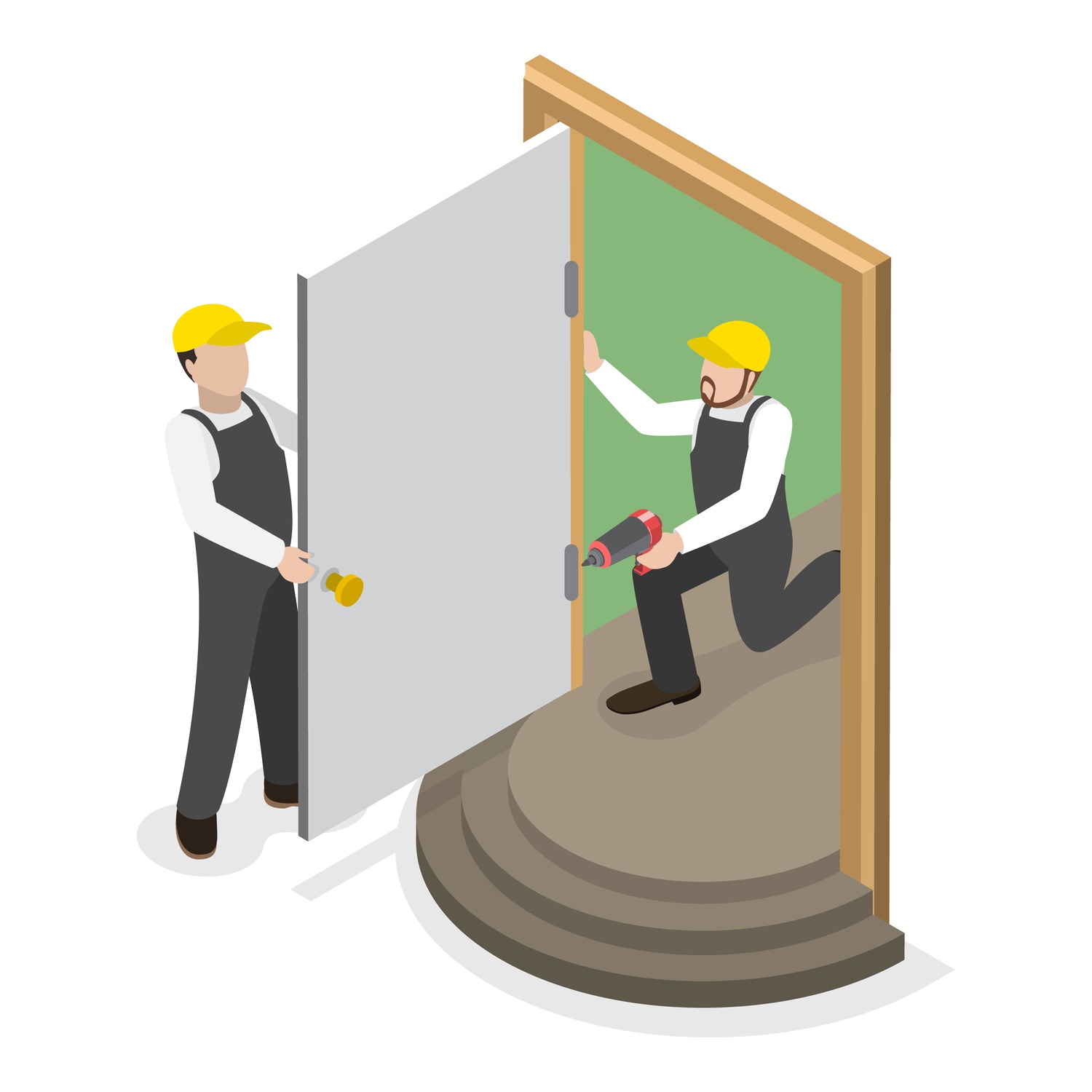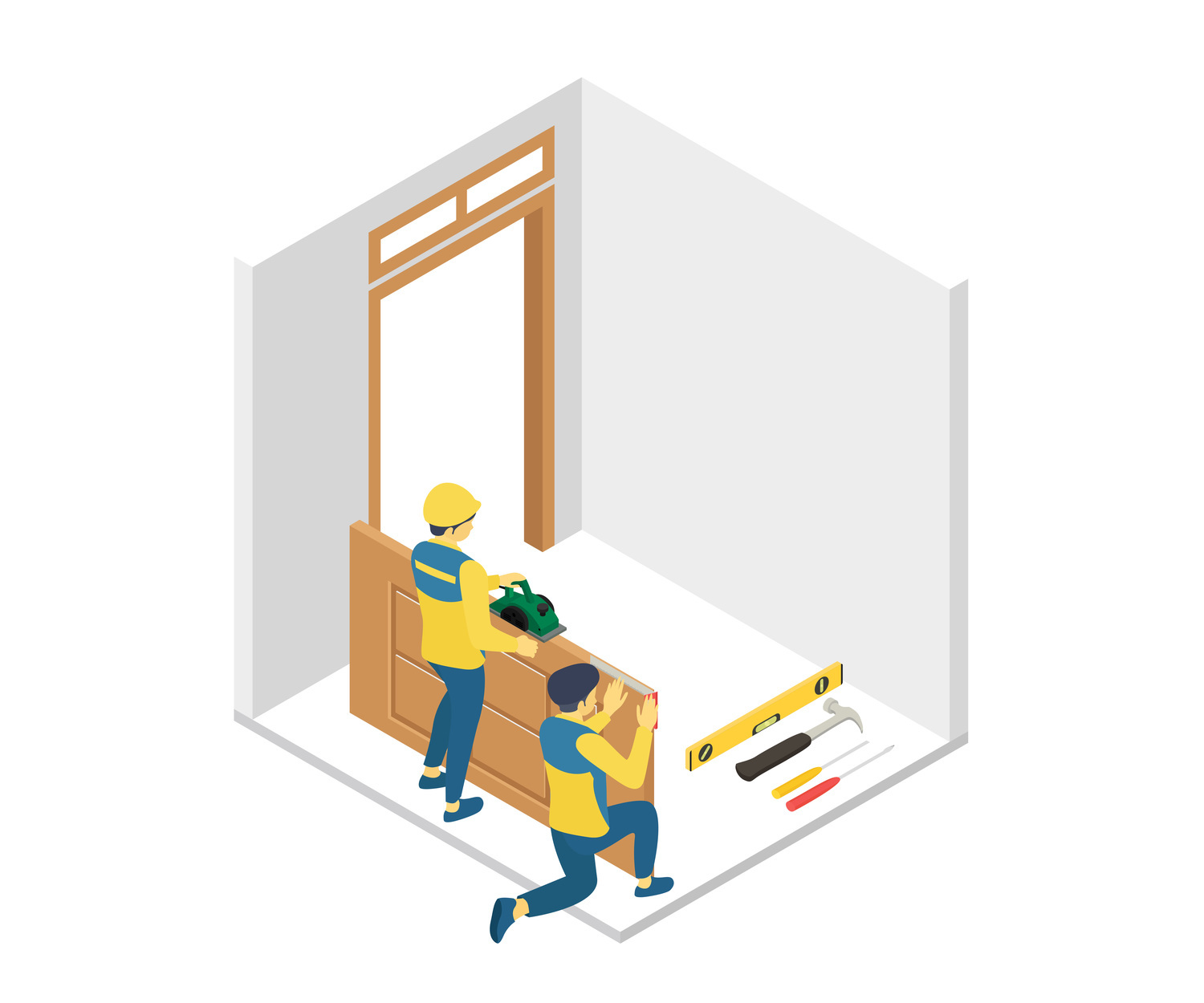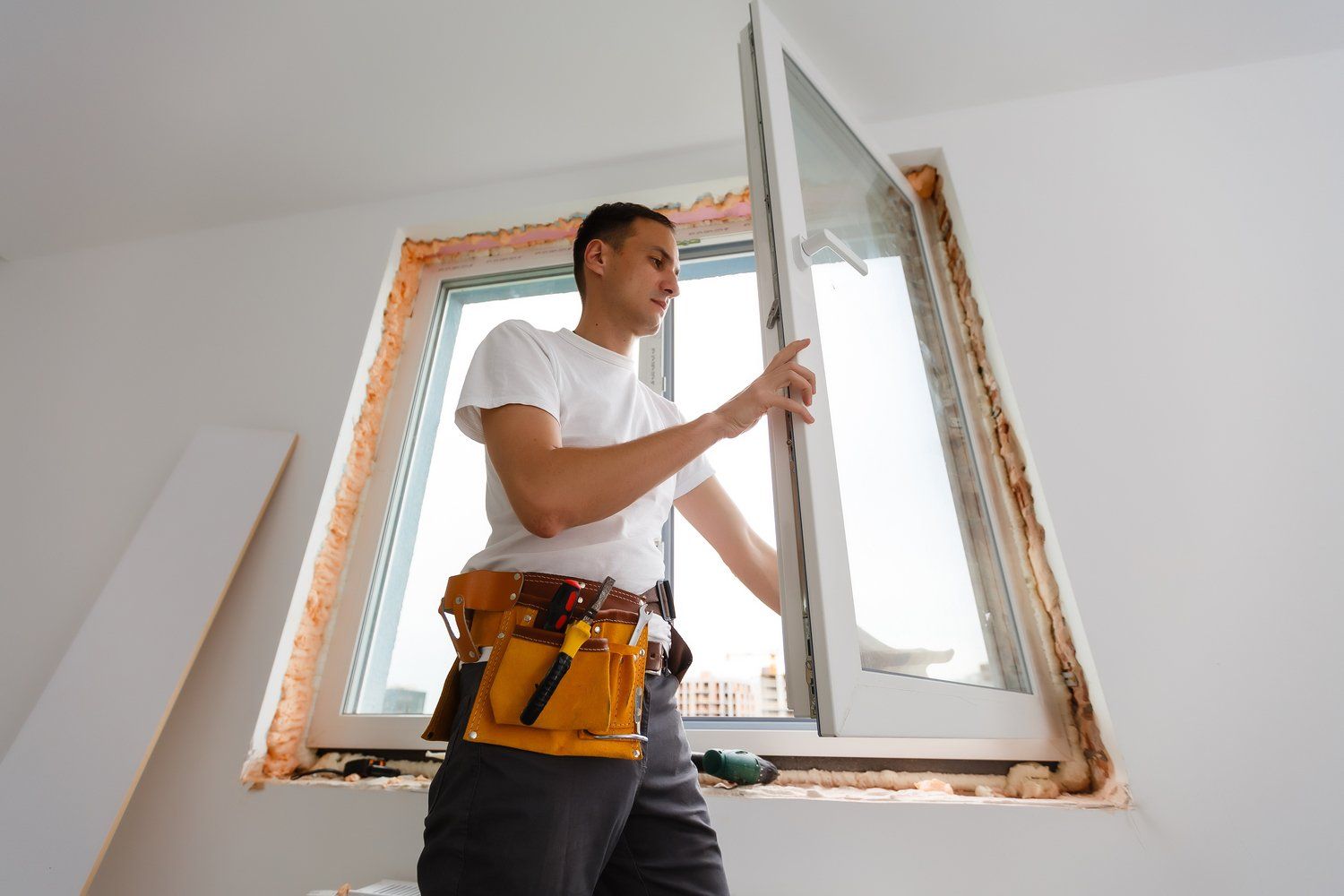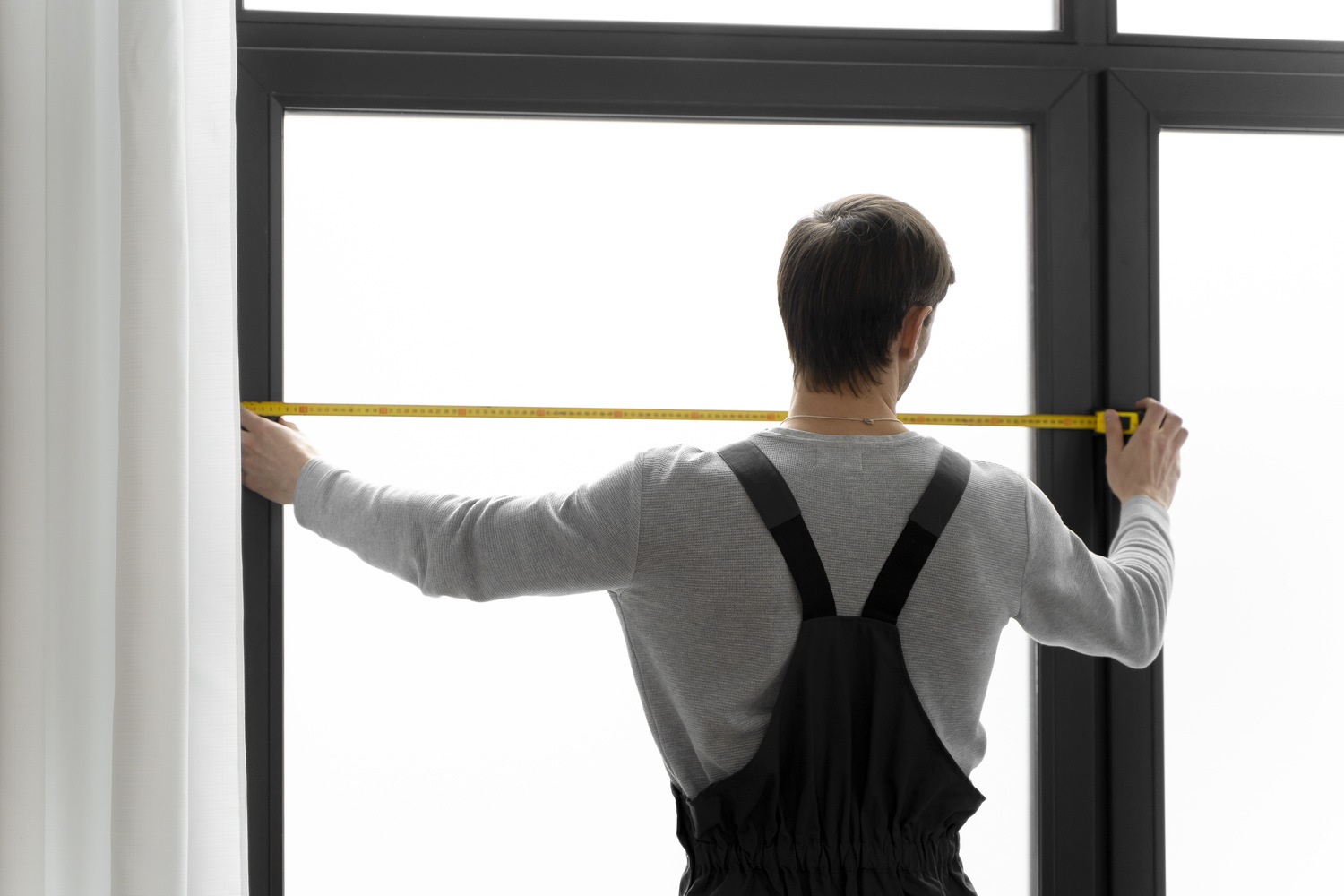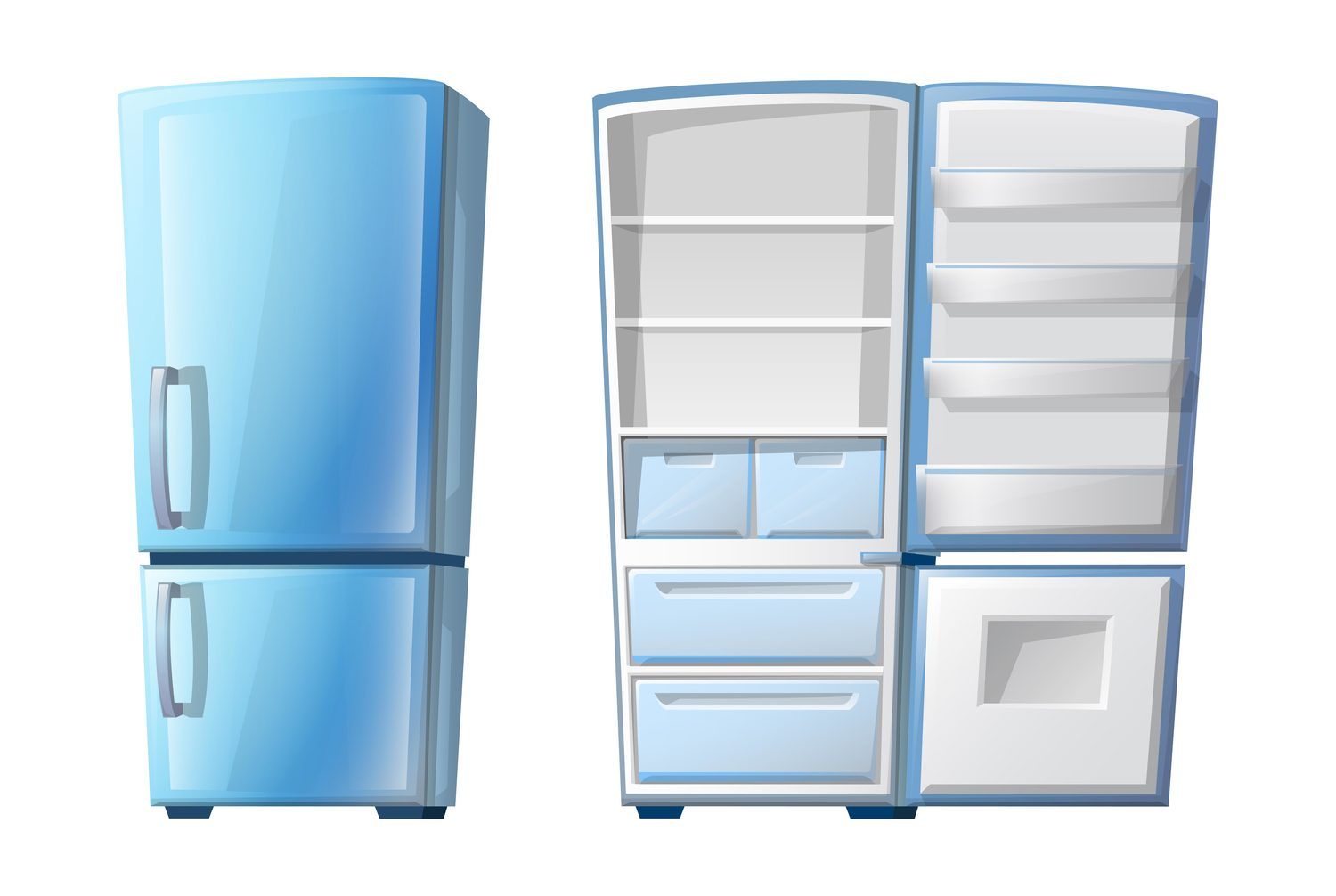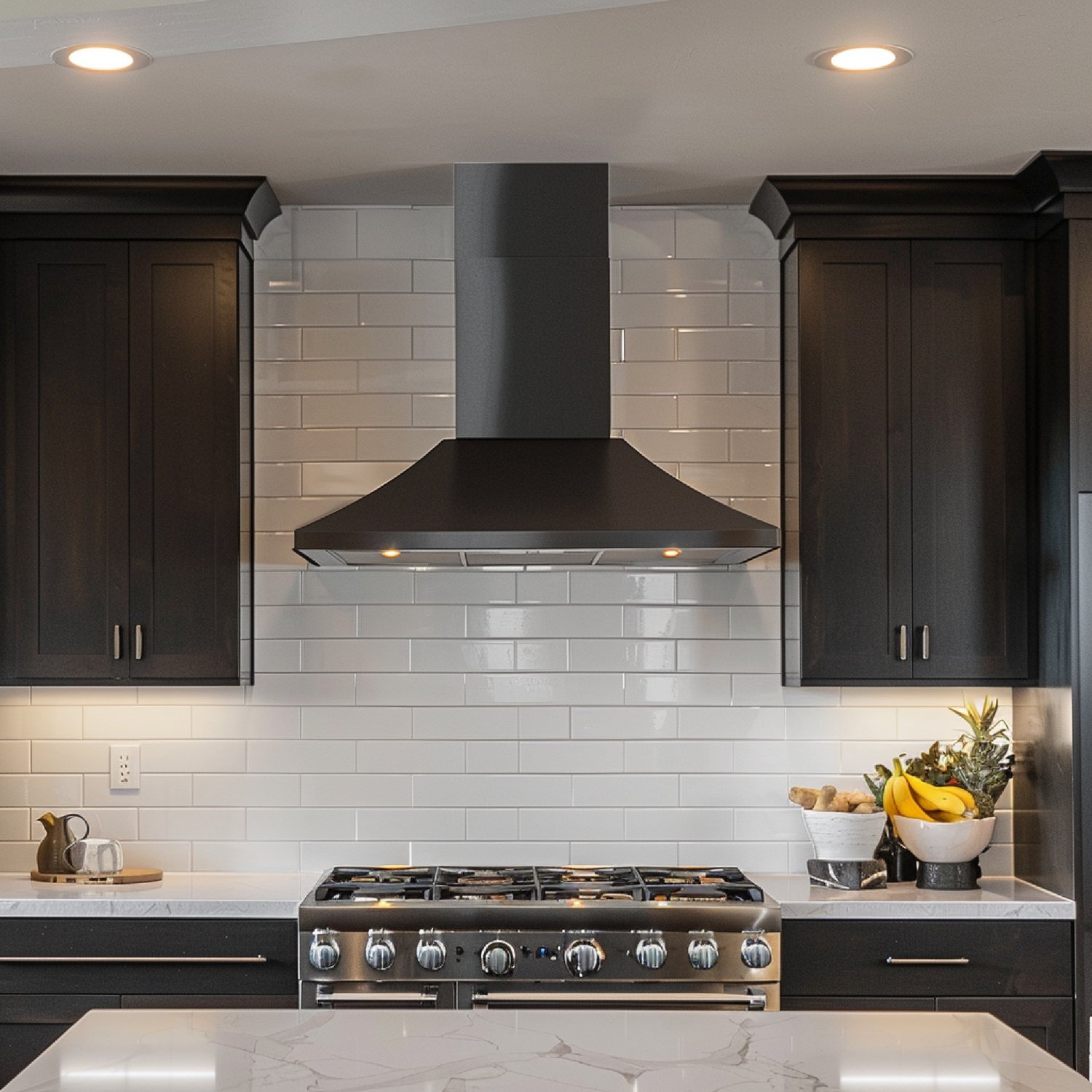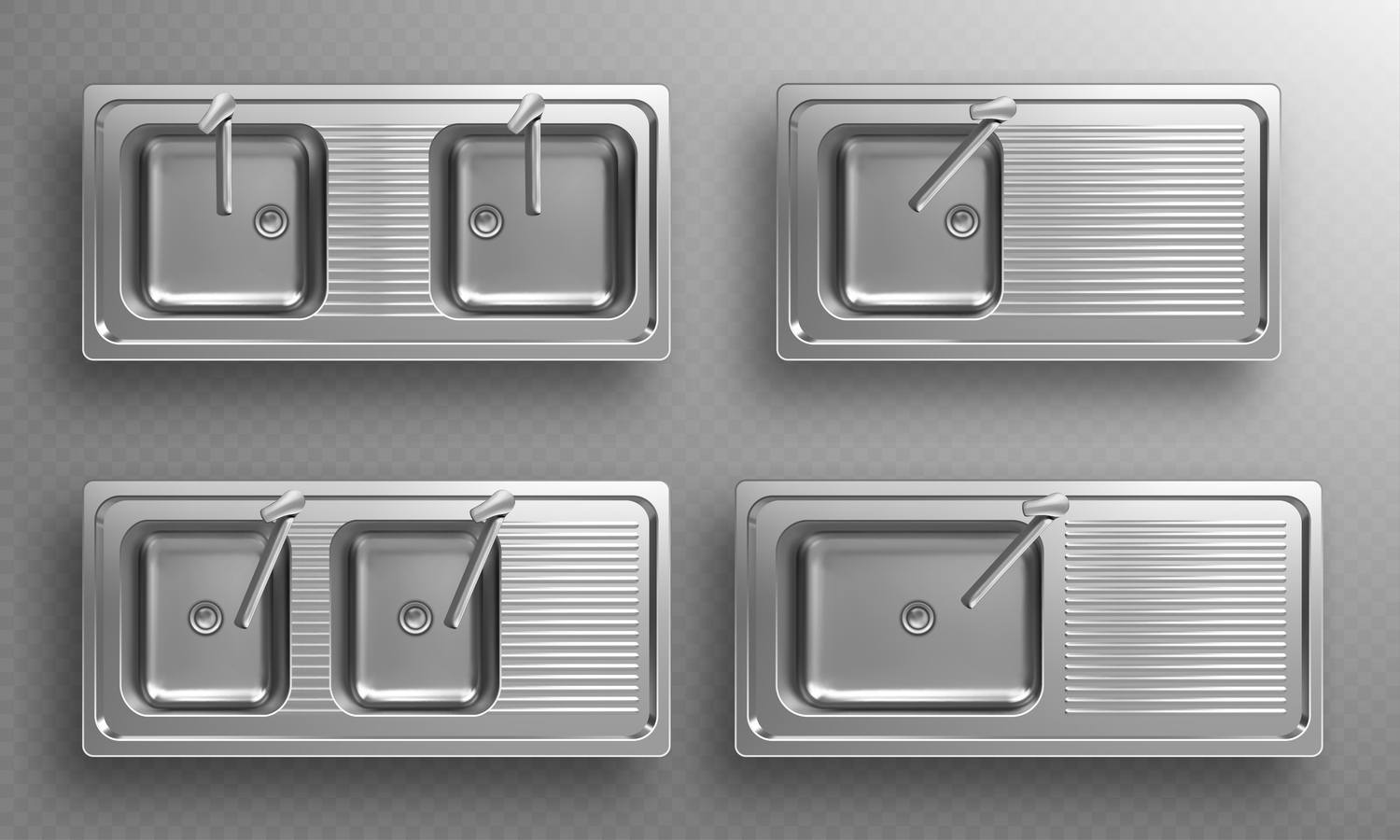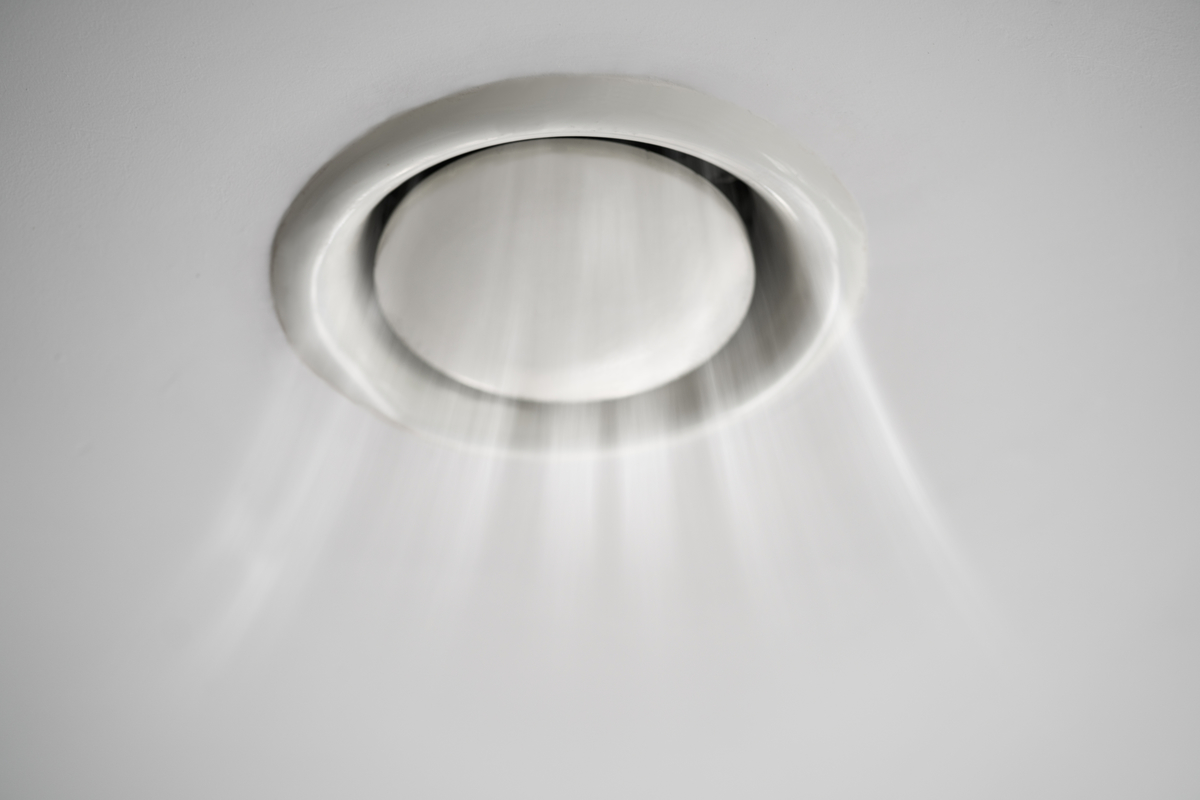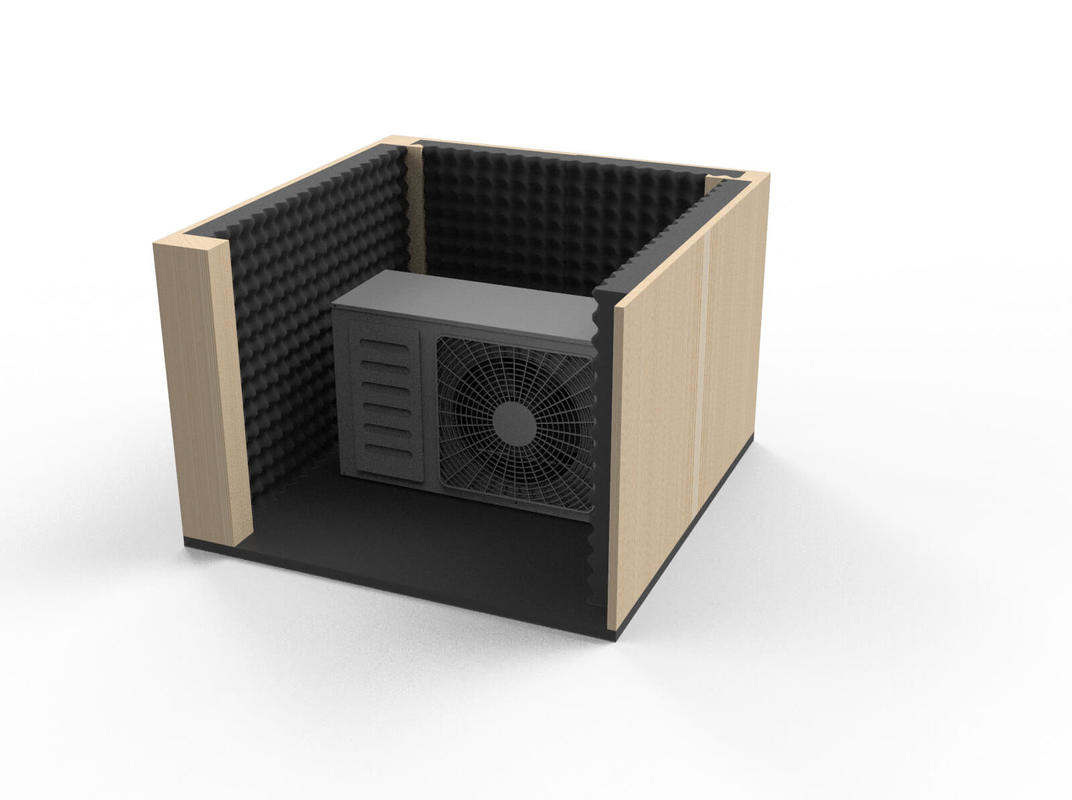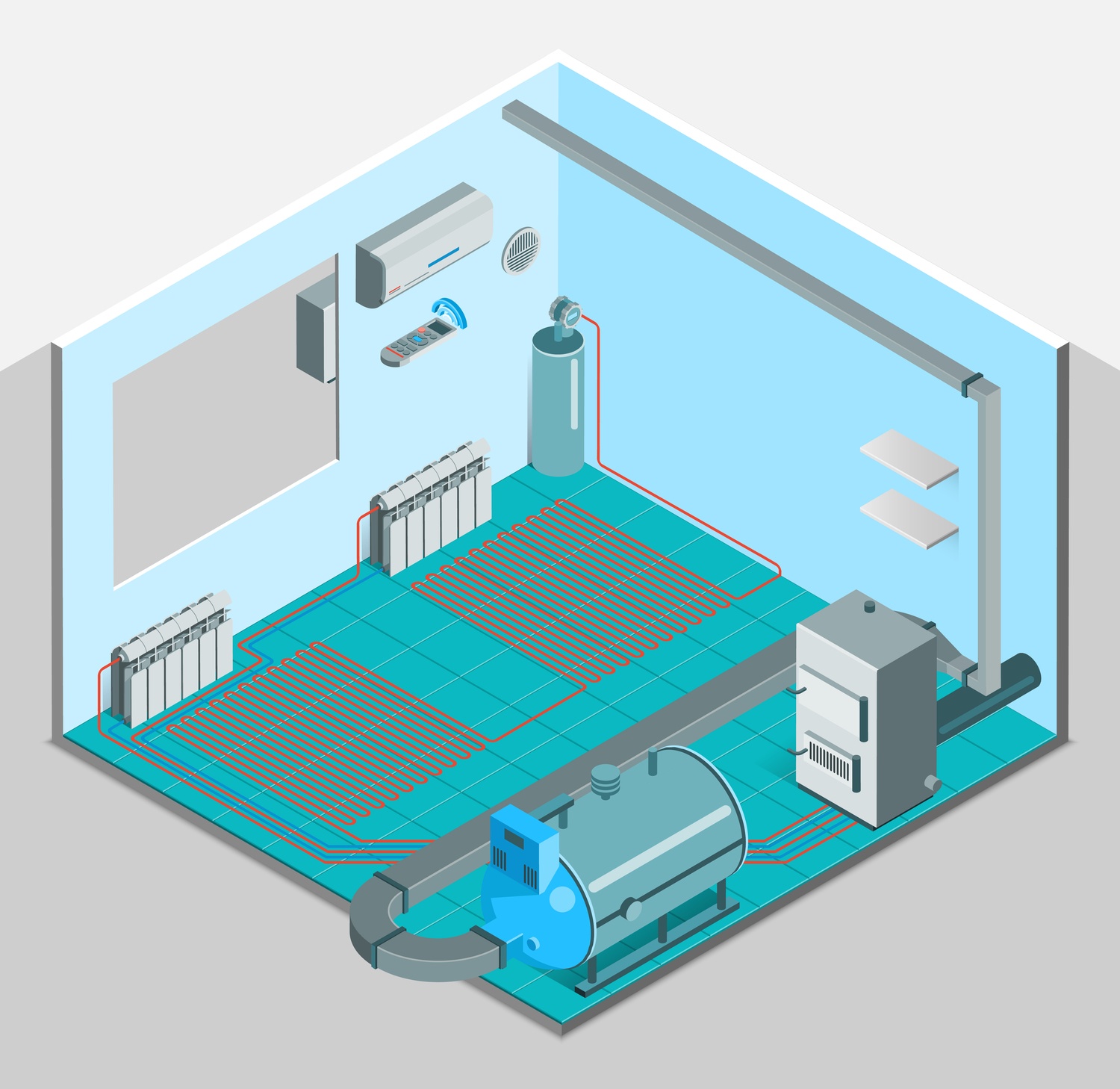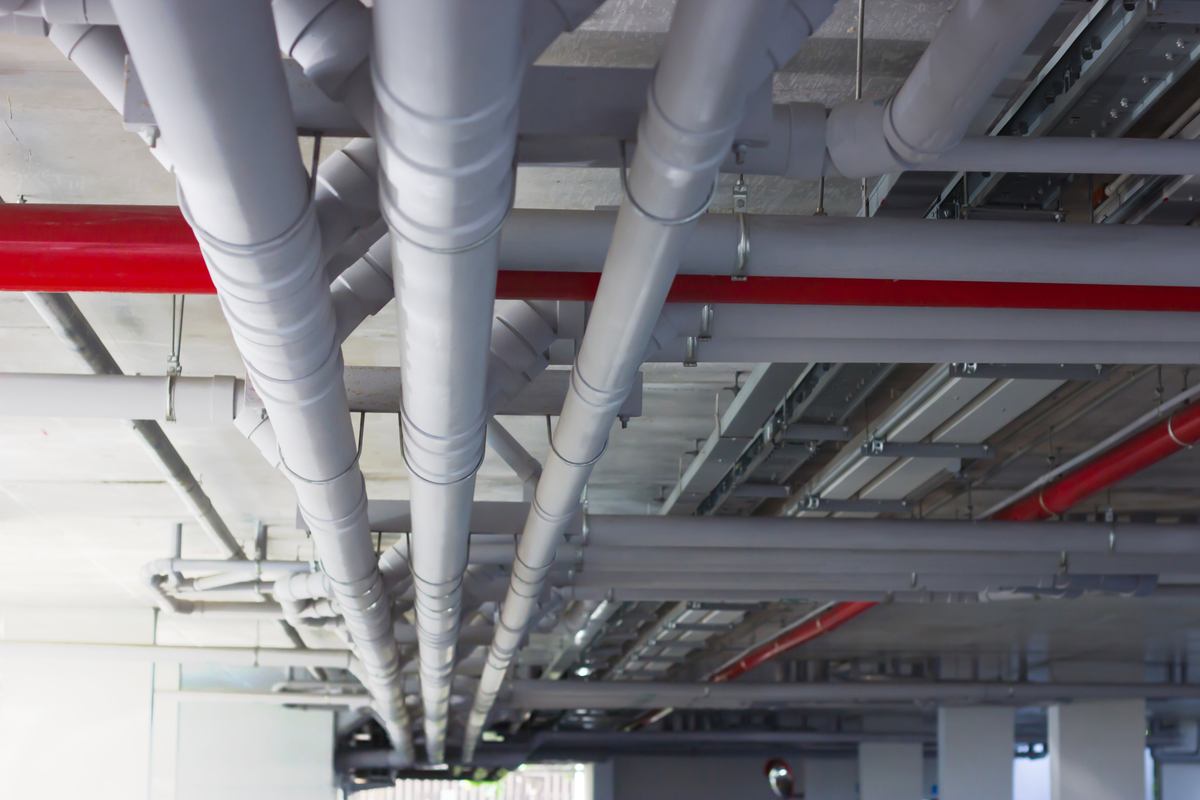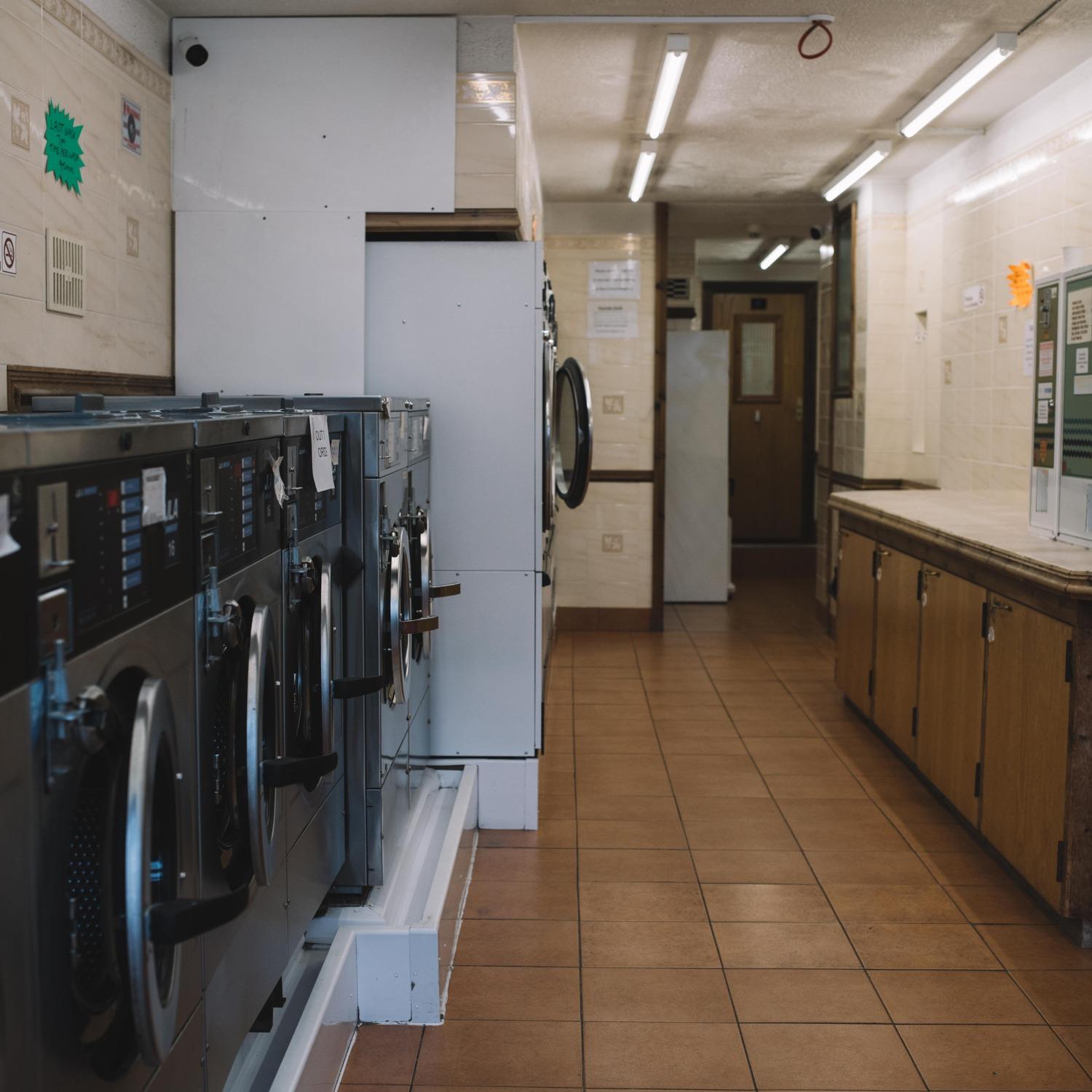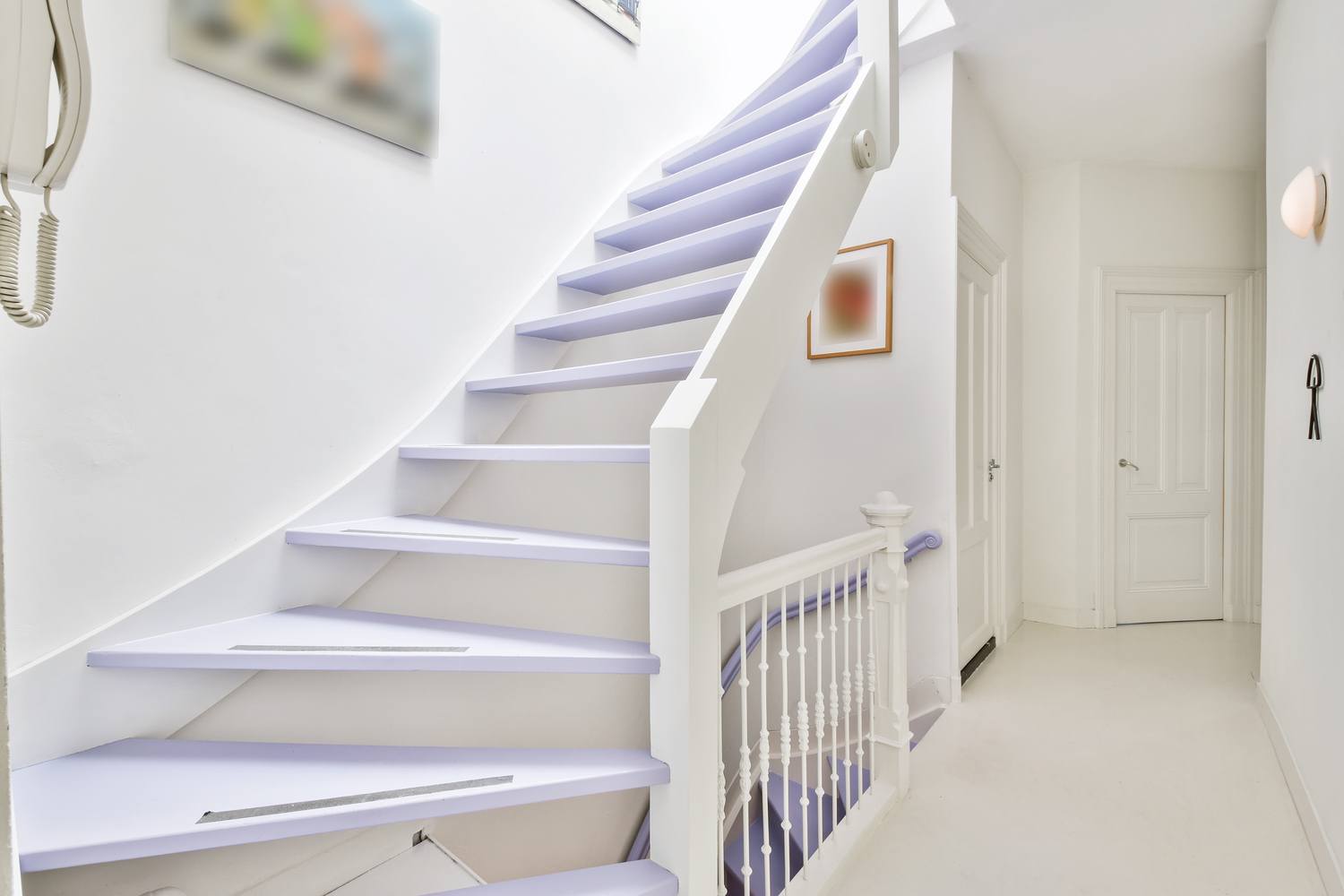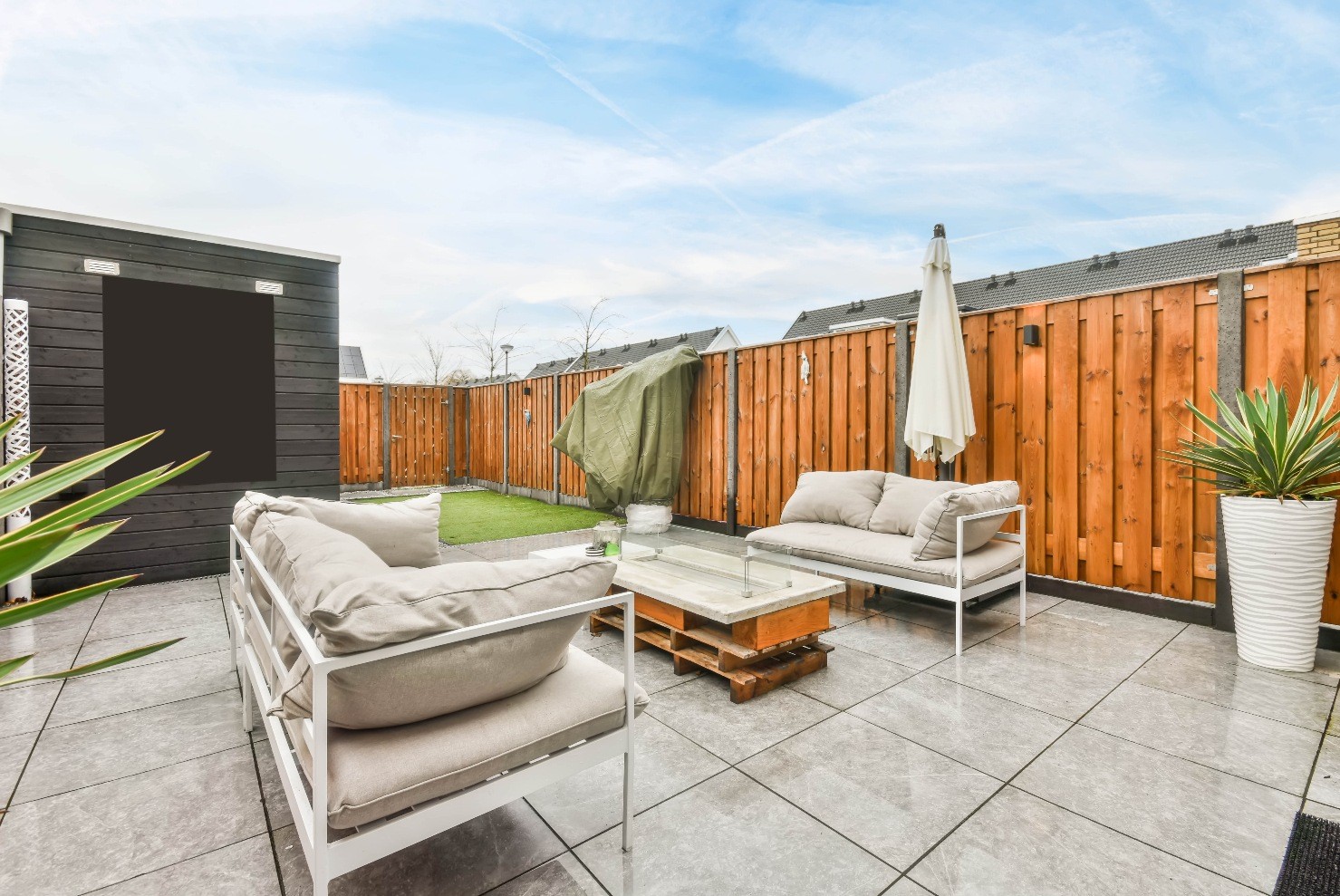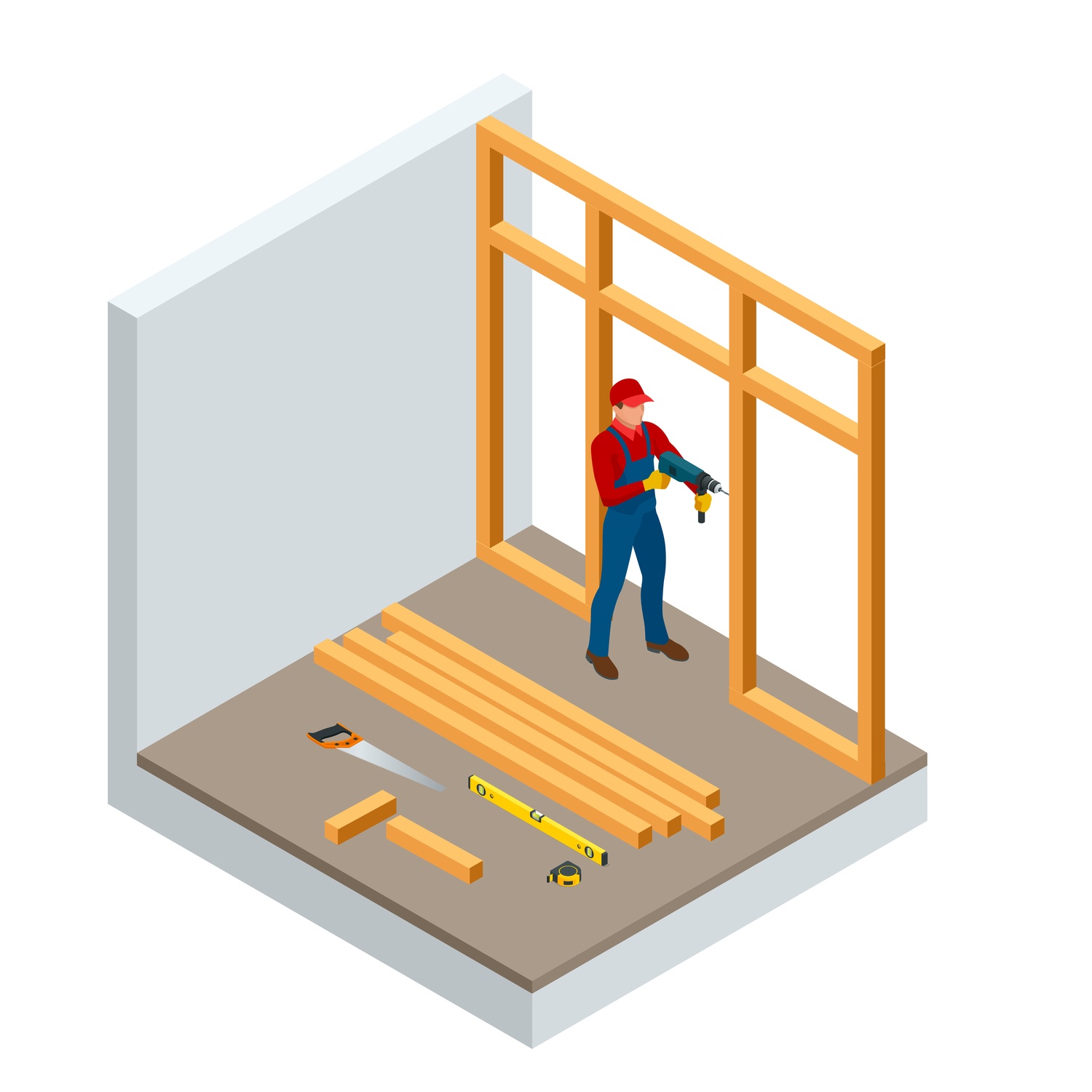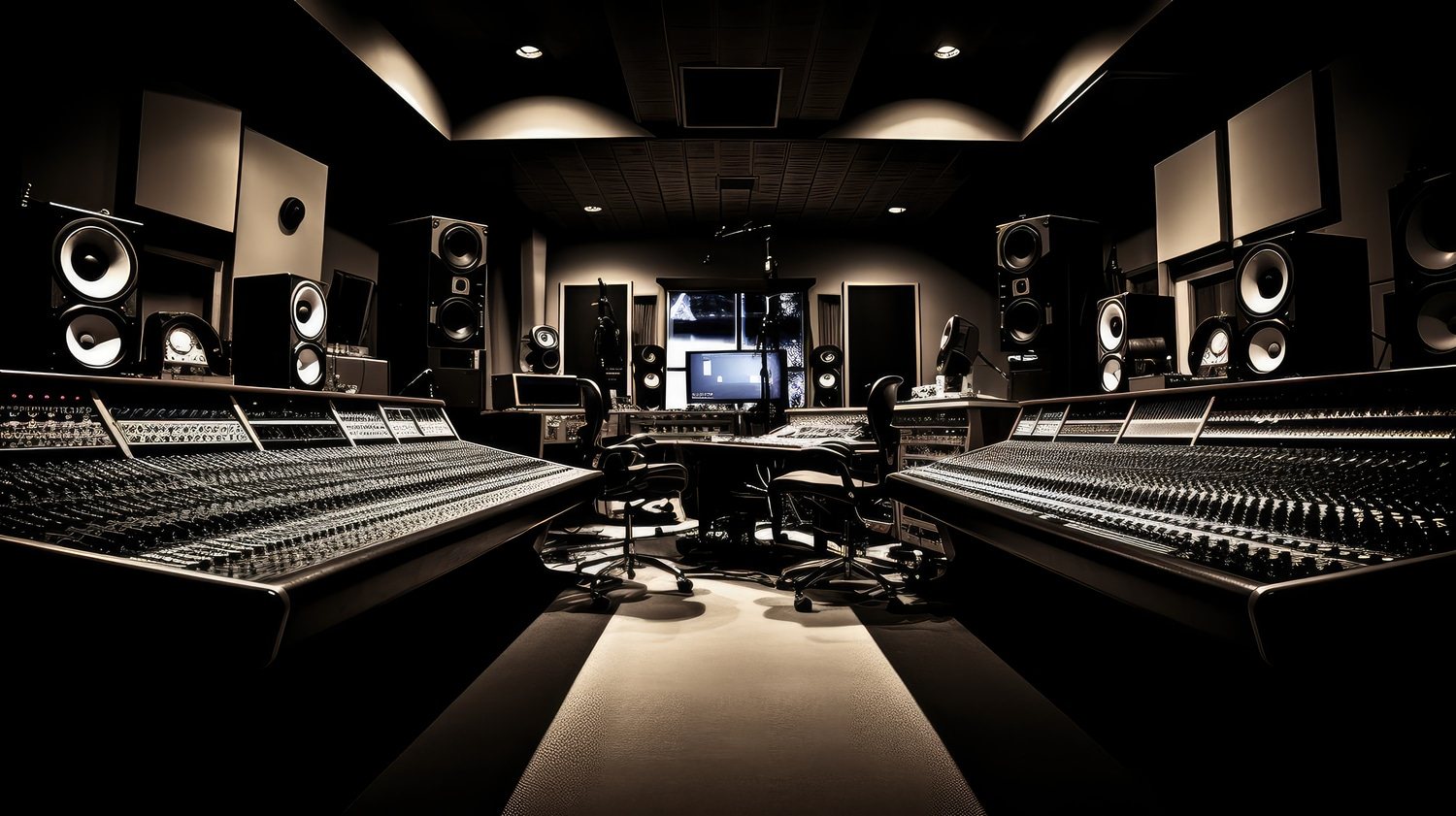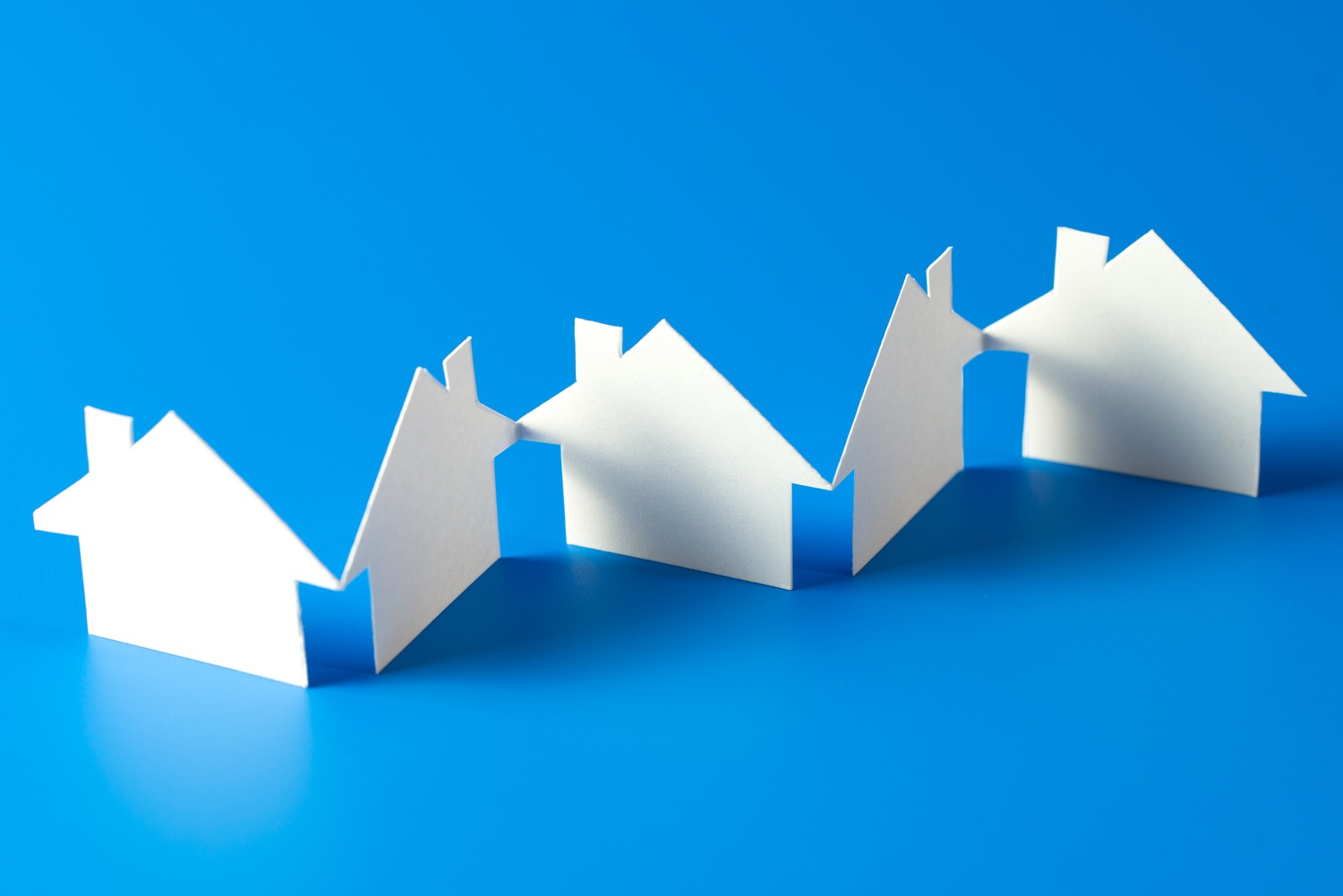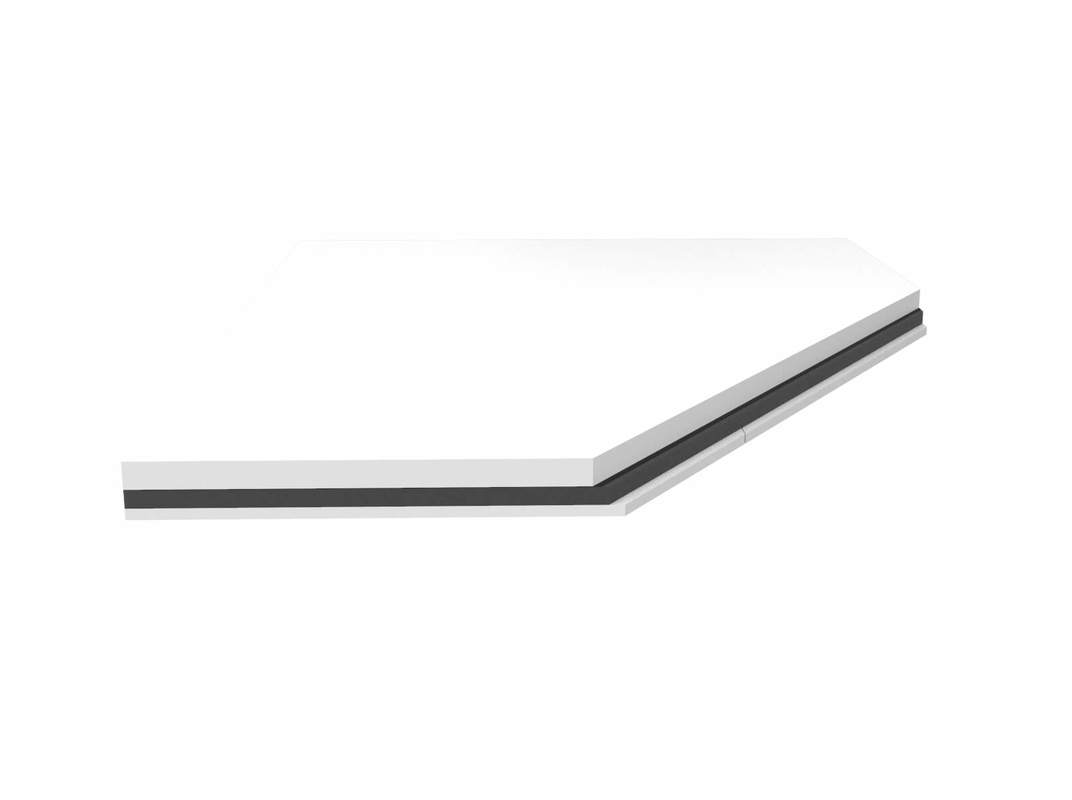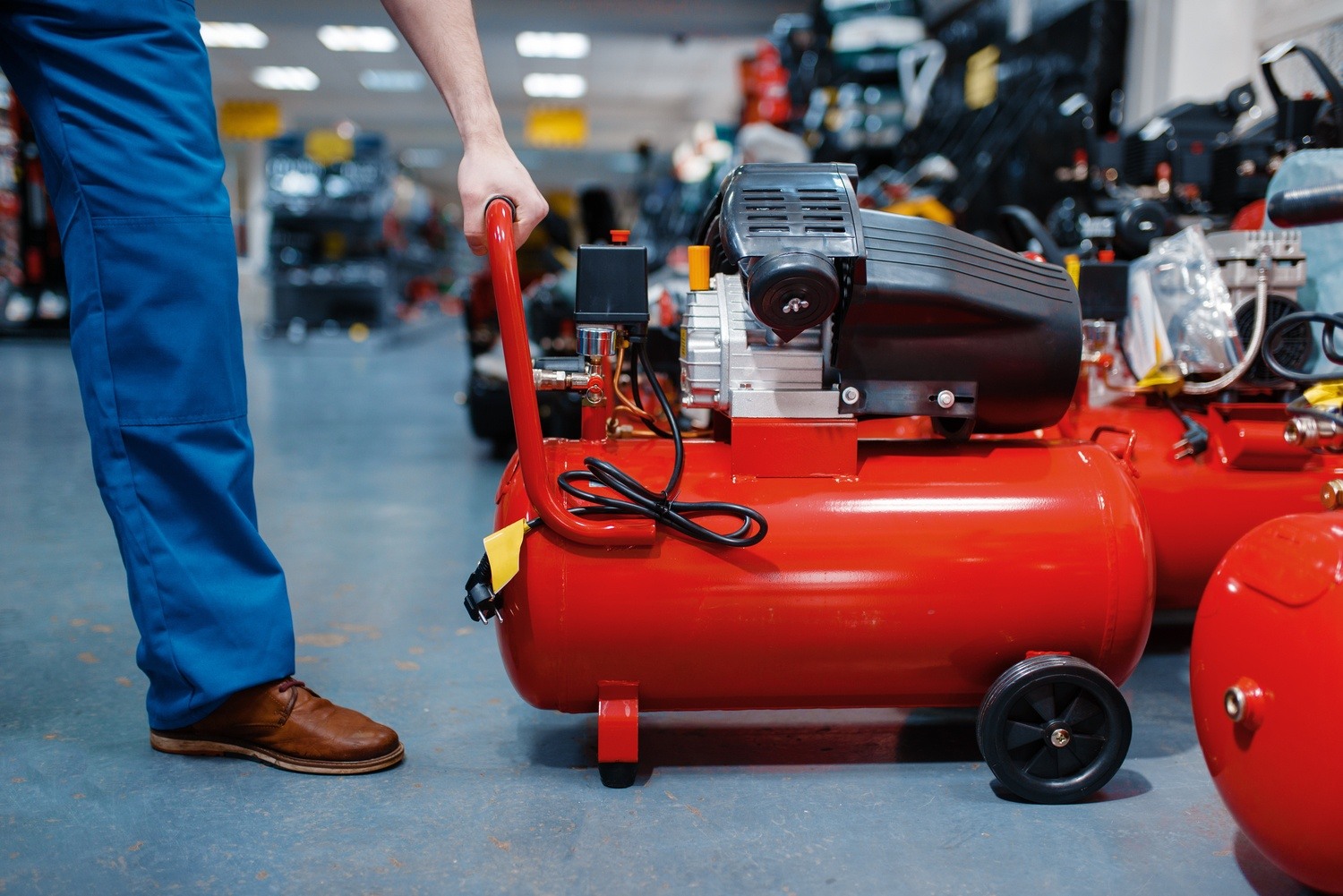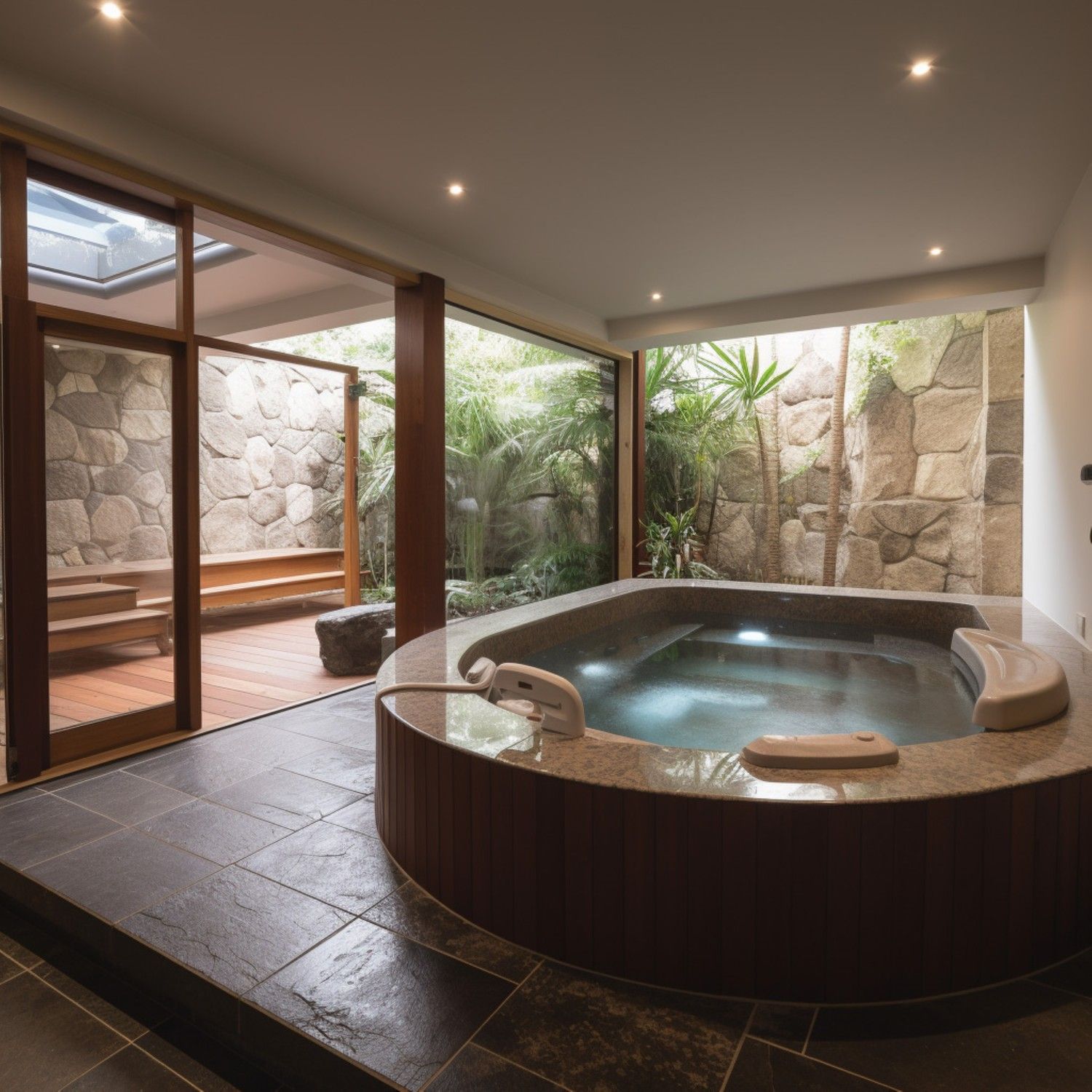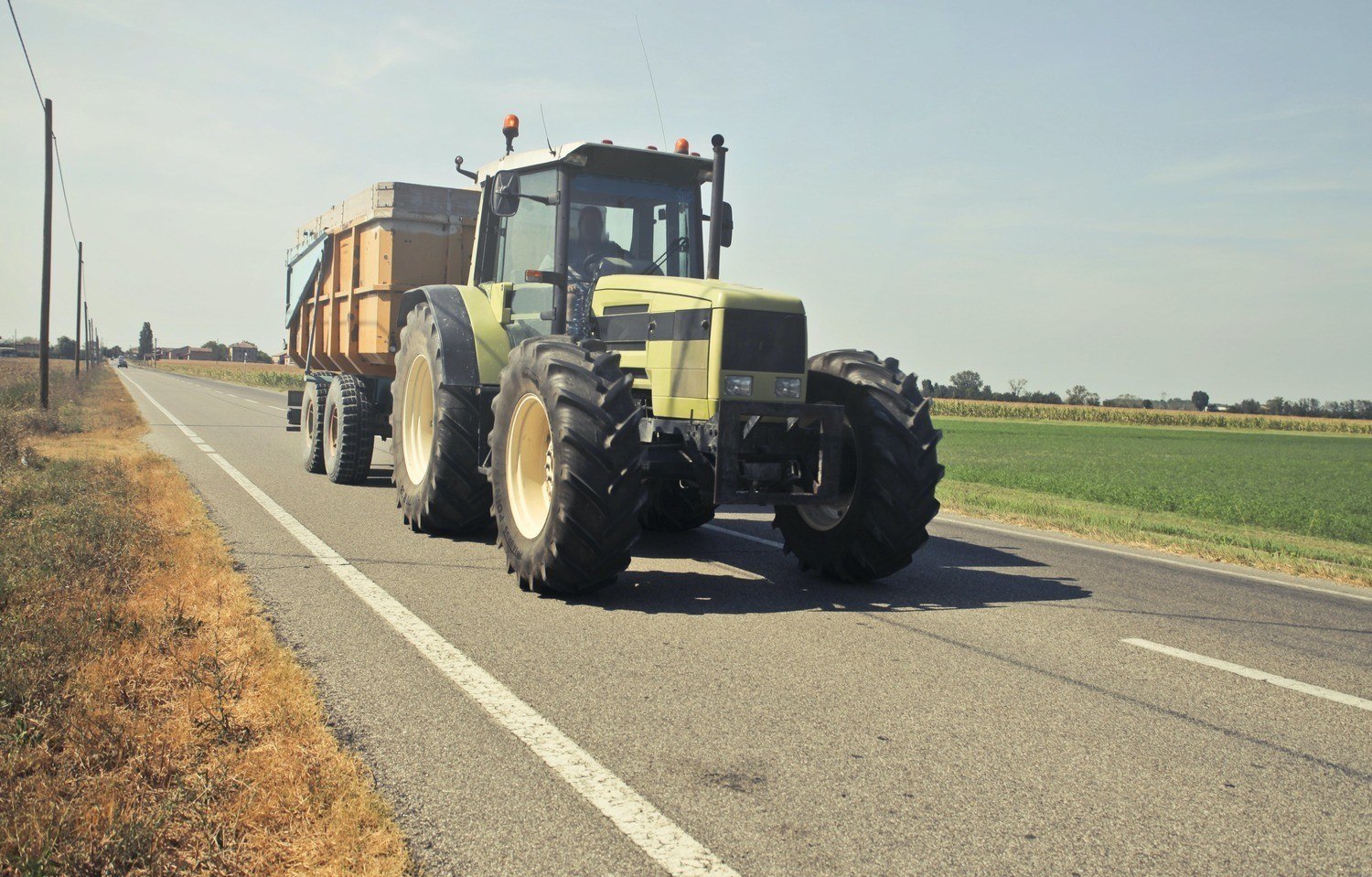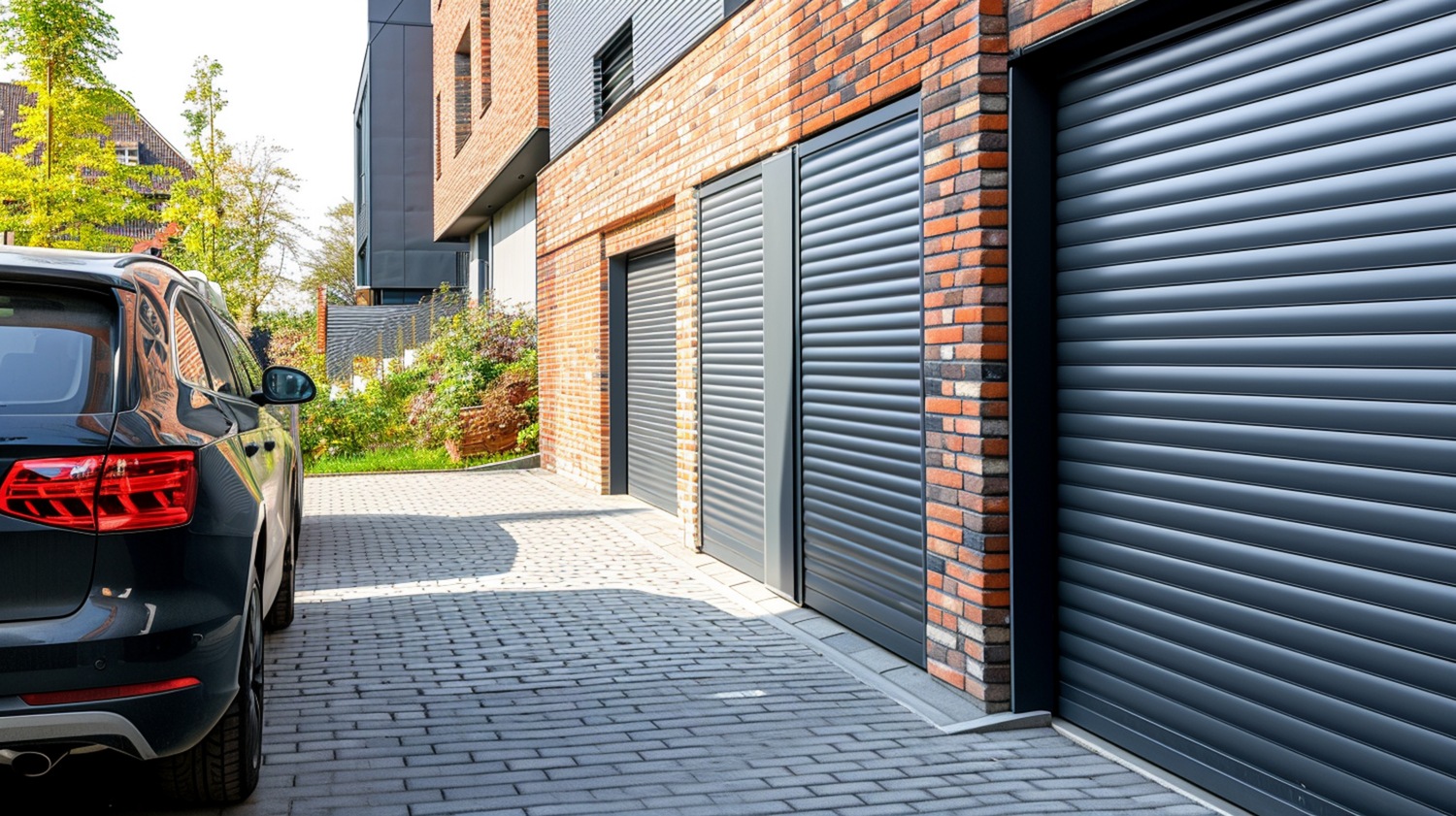How can you effectively soundproof and dampen sound?
Creating a quiet and harmonious environment requires the right balance of materials, techniques, and knowledge. Soundproofing and sound dampening are not just about reducing noise levels, but also about improving acoustics for a more comfortable everyday life. Here is a comprehensive guide to the most important factors for successful noise reduction.
What is the difference between sound insulation and sound absorption?
Sound insulation aims to prevent sound from being transmitted between different spaces, while sound absorption reduces the sound level within a single room. To achieve optimal results, these methods are often combined.
Tightness is the key to success
One of the most important aspects of sound insulation is tightness. Sound travels through air and structures, and even small gaps or crevices can greatly reduce the effectiveness of sound insulation materials. To achieve the best results:
Sealing
Ensure that all joints and transitions are properly sealed with soundproofing sealant.
Material layering
Use multiple layers of material, such as drywall, combined with sound-absorbing panels to minimize sound transmission.
Decoupling of structures
Create a gap between walls or floors to break the path of sound through the building.
Soundproofing solutions for different areas
Walls
Use sound-absorbing panels, plasterboard, or mineral wool to reduce sound transmission between rooms. Combine this with sealants to ensure maximum effectiveness.
Ceilings
To dampen sound between floors, you can use suspended ceilings or soundproofing boards in combination with acoustic damping.
Floors
Reduce footfall noise and vibrations using floating floor constructions and sound-absorbing underlays.
Vehicles
In cars and other vehicles, vibration damping and sound-absorbing mats are crucial for creating a comfortable driving experience.
Ventilation systems and pipes
Sound can spread through ventilation ducts and pipes. By insulating these with special materials, you can eliminate disturbing noise.
Build a "room within a room"
For the most demanding soundproofing needs, such as recording studios or workrooms, the construction of a "room within a room" is the ultimate solution. This method eliminates direct contact between structures and creates an acoustically isolated zone.
The choice of materials matters
To achieve the best results, the choice of material is crucial:
Rubber, polyester, or mineral wool
Effective for absorbing sound and reducing sound transmission.
Solid barriers
High-density materials, such as sound insulation boards, effectively block sound.
Why are density and proper installation so important?
Sound can find the smallest openings, and incorrect installation can render even the best materials ineffective. By ensuring that all details, from sealants to transitions between materials, are handled correctly, you can maximize the effectiveness of your sound insulation.
Explore our soundproofing knowledge base
Our collection of articles provides detailed step-by-step guides on everything from soundproofing walls, ceilings, and floors to specific solutions for vehicles, ventilation systems, and machinery. Whether you're a DIY enthusiast or an experienced builder, you'll find everything you need to succeed.






